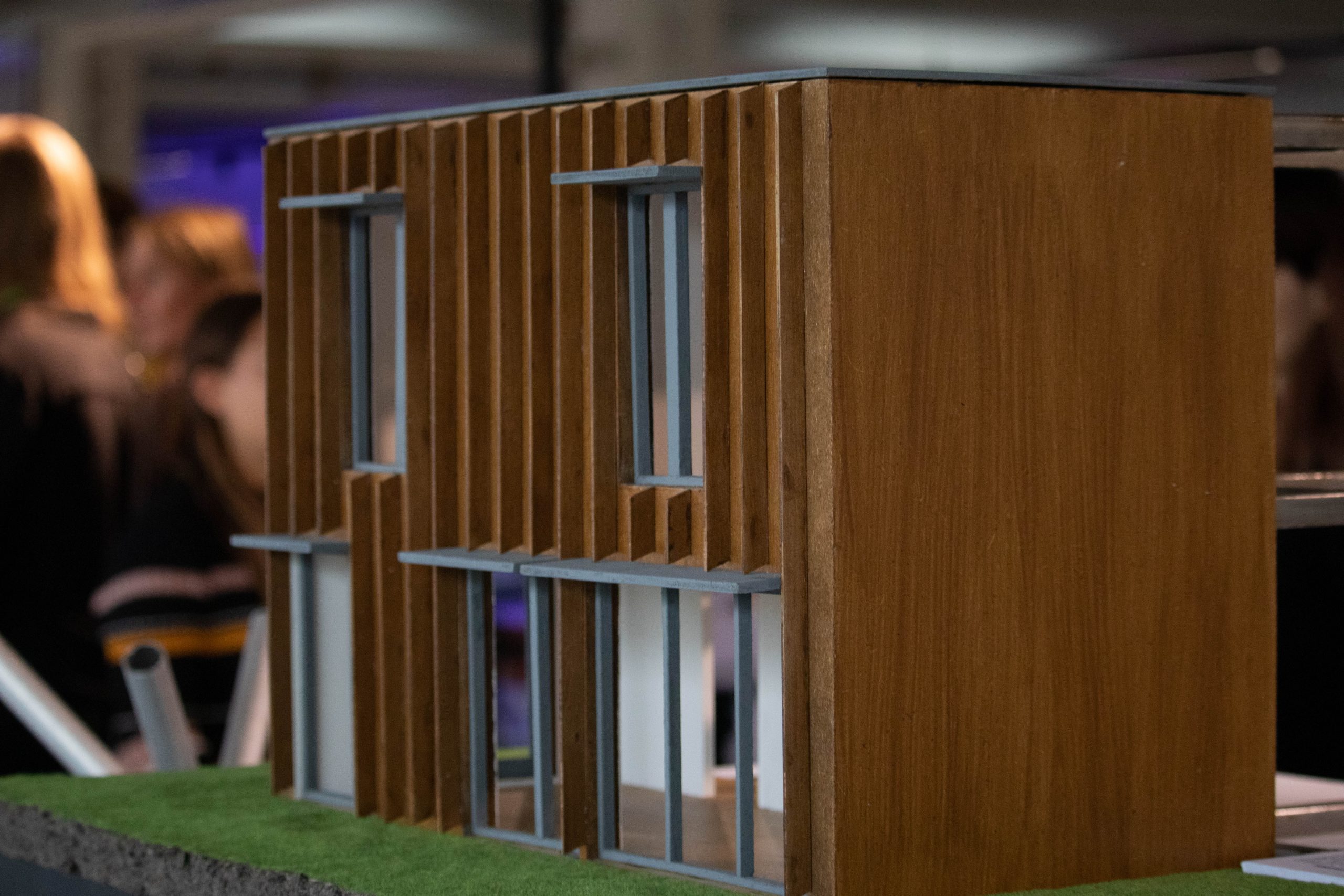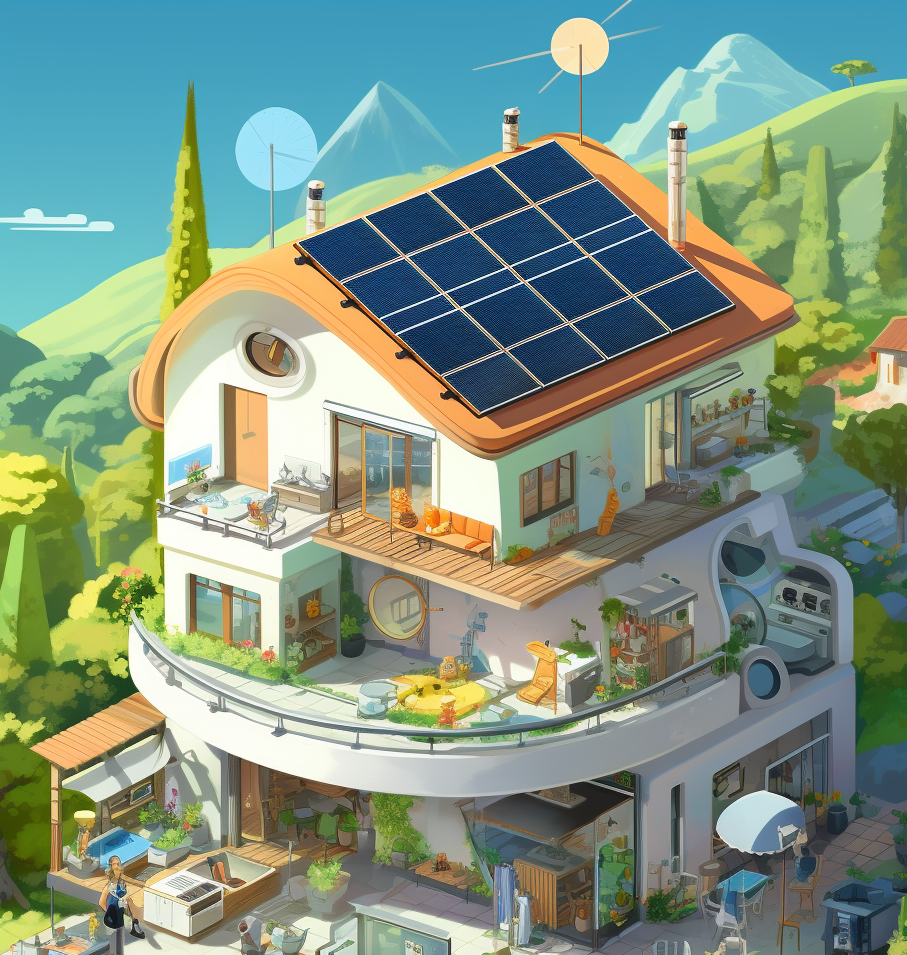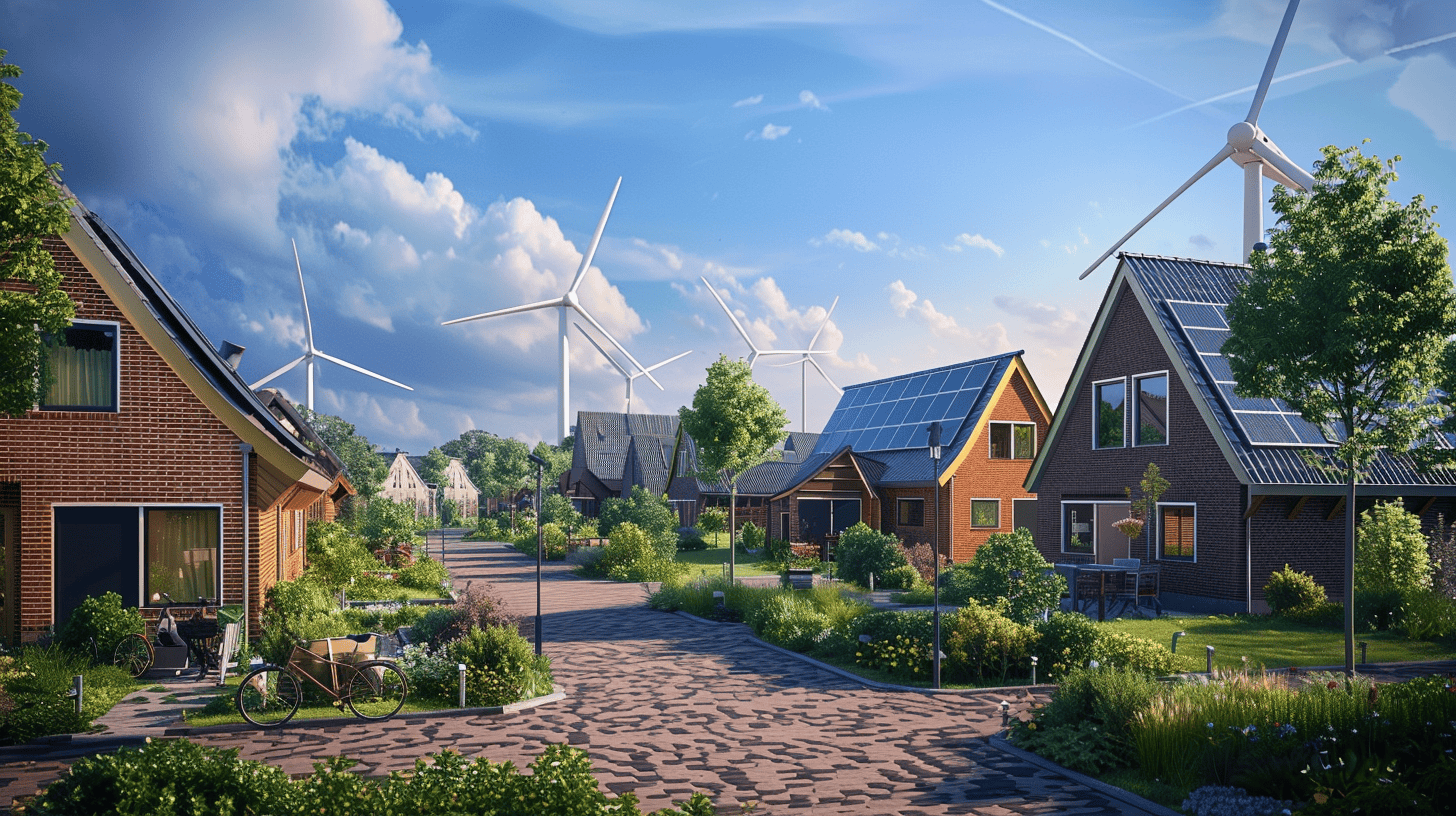
A sustainable house covering a variety of aspects, from the drawing to the execution and the completion. Team CASA, a student team from Eindhoven University of Technology (TU/e), combines existing technologies in one house with the aim of accelerating the energy transition. During the Dutch Design Week (DDW) they will be showing the model of the house that will actually be built in Helmond next year.
“In terms of sustainability, there is still plenty of room for improvement in the construction sector,” says Joline Frens, board member of Team CASA (Comfortable, Affordable, Sustainable, Alternative). She sums up: “50 % of our raw materials go there, 40 % of our waste comes from there and 35 % of our CO2 emissions are caused there.” Nevertheless, many technological solutions have already been found that, for example, reduce electricity and gas consumption and recycle materials. The students maintain that the sector makes far too little use of these.
Solar panels and heat pumps
A variety of technologies come together in CASA 1.0, the first model of the house. The house has two heat pumps and solar panels. “The solar panels generate a relatively large amount of electricity in the summer. Now that energy is mostly being returned to the grid,” explains Frens. “When the sun shines a lot, the solar panels become very hot which in turn lowers efficiency. We are installing pipes under the solar panels where water will circulate. This cools the solar panels.” The water warms up and can be stored in a water tank under the house.
“In the winter we use the stored heat to heat the house.” The students say it is important that the heat is kept stored in the actual homes. “The grid is unable to cope if more people install solar panels and everyone gives energy back to the grid during summer.” Saving energy in water is a lot cheaper, safer and more sustainable than saving it in batteries, according to the students. “Many harmful acids are used to remove lithium from the ground, which is what batteries are made of. This is not good for the environment. Moreover, the consequences are far greater if such a large battery were to explode,” Frens points out.

Recyclable parts due to the special building construction
In addition to sustainable energy, the students have also thought about recycling materials. “Houses are often built now with the idea that they should be there for hundreds of years. That doesn’t often work out that way in practice,” Frens explains. ” A renovation happens after some forty years.” The team has taken this into account during the construction of the house. “We work with a clip system which means that internal walls can literally be moved. This avoids the need to completely demolish a wall and subsequently rebuild it.” Which results in a lot less waste. The front facade can also be replaced in the same way. “For instance, the facade can be easily adapted if the local authorities come up with other stipulations.”
Materials are not fixed with glue in the CASA building construction but are fastened using a bolt system. “Various materials can then be reused.” As well as this, the students use sustainable materials such as bamboo. “It is a fast-growing type of grass which has the properties of hardwood and is easy to recycle,” says Frens.
Brainport Smart District
The students’ first house will be built next year in Brandevoort in the Brainport Smart District in Helmond, the Netherlands. A neighborhood where various technical and innovative building projects are to be accommodated. In addition to homes, there are also sharing systems for cars and self-driving buses. Housing corporation Woonbedrijf is going to buy the first CASA home and then rent it out. The students are aiming to build these sustainable houses for similar prices as houses in the current housing market. Consequently, it could be a substitute for existing social housing rentals.
CASA 1.0 is one of the projects in the Drivers of Change exhibition from the TU/e. Frens: “We want to show people what is already possible when it comes to sustainable living. There are plenty of examples of innovative building projects on display at the exhibition. We hope that this will make people demand more sustainable solutions from the construction sector. Which would mean that developments will happen more quickly.”

Connecting technology and society
During the Dutch Design Week, student teams, spin-offs, PhD students and other TU/e researchers will present their technology at Strijp-T. Vice President of the University, Nicole van Ummelen, opened the exhibition with the words: “It is important to make a connection between technology and social problems.” Students present their solutions to a social problem in their own way. From generating energy with iron powder to 3D printed food and from 5G networks to smart drones as assistants.








